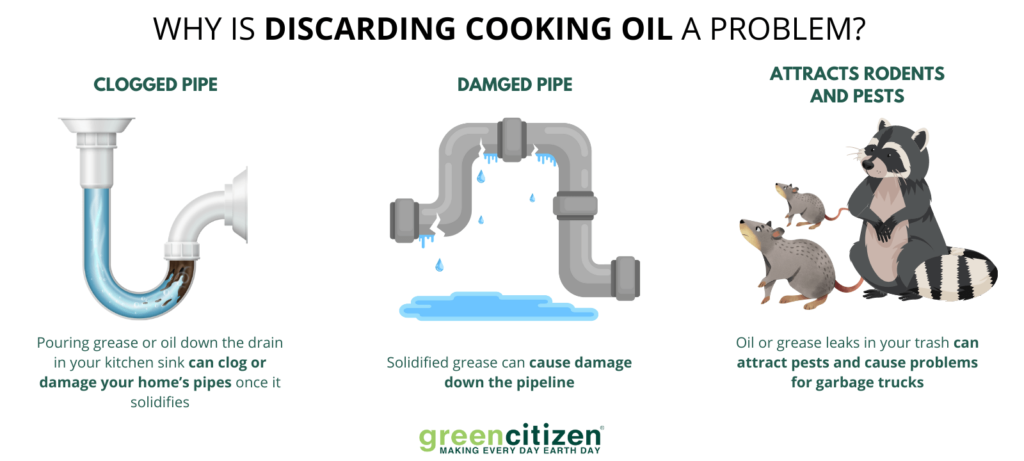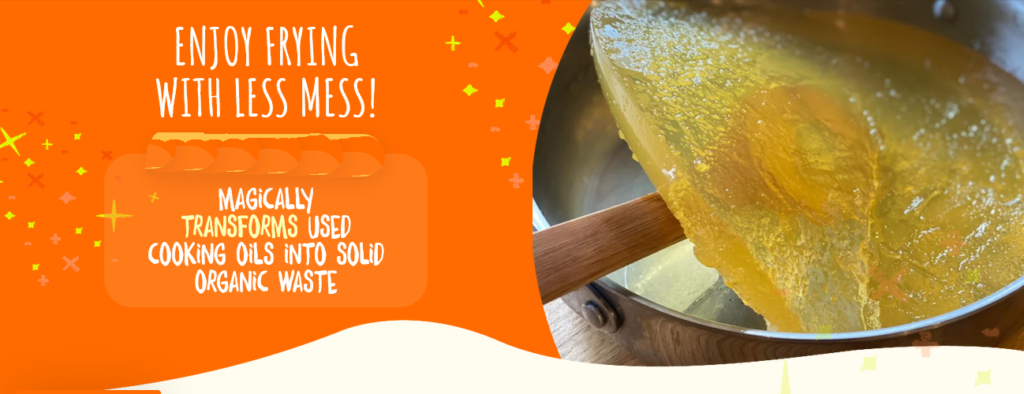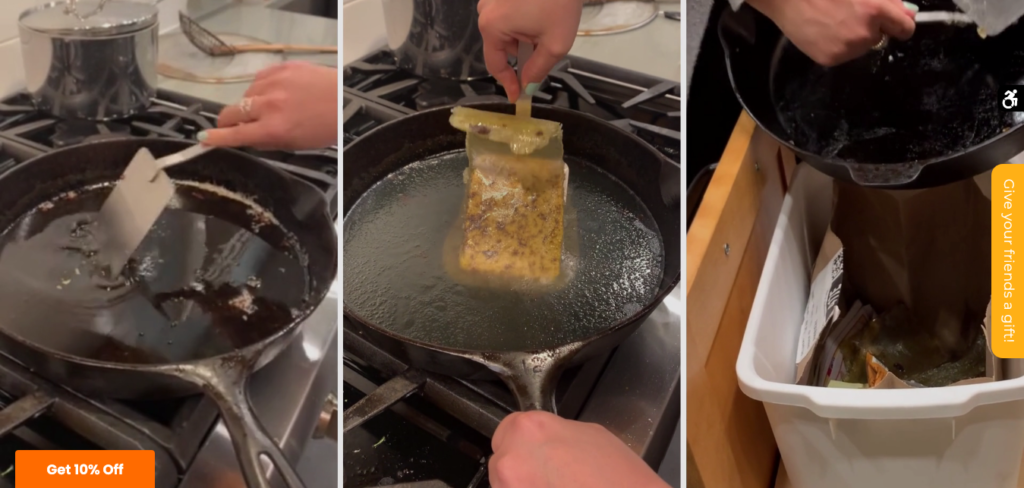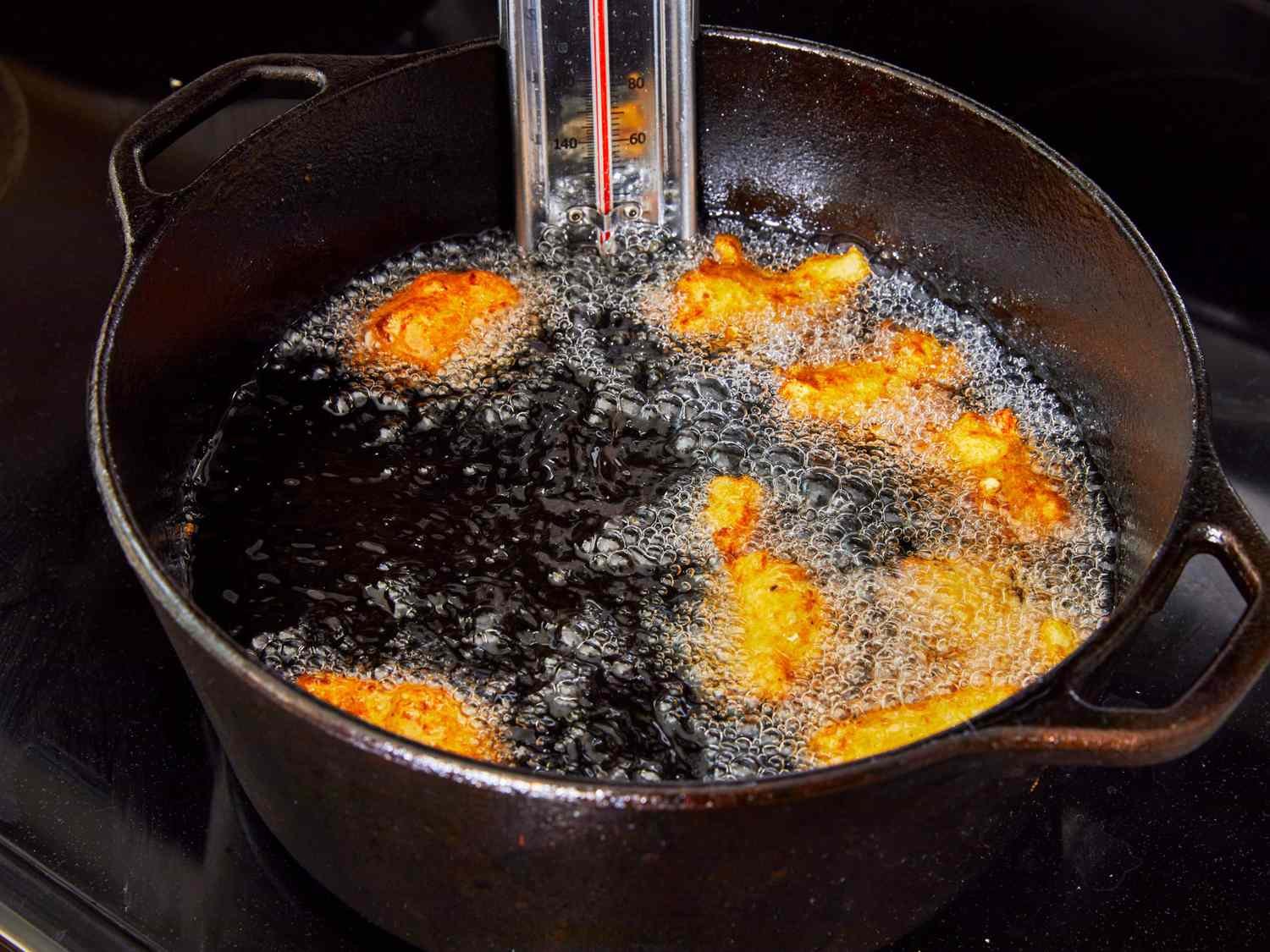Depending on what was cooked, you may be able to reuse the cooking oil several times. However, after a few batches, you should discard the old oil and start over for the optimum flavor.

Restaurants and commercial institutions can send their annual three billion gallons of used cooking oil to be converted into biodiesel. Home cooks who have a frying pan full of oil are frequently stumped as to how to dispose of the greasy waste.
Although pouring waste oil down the drain or flushing it down the toilet may make it disappear, the oils can harm your home’s pipes and accumulate in municipal sewers. Cooking oil and grease that make their way into the environment can also damage ecologically fragile shorelines and injure wild animals.

There are various brands of oil-solidifier products on the market today, all with distinct names. They’re allegedly constructed of environmentally beneficial components that, when sprinkled into heated cooking oil, cause it to harden for easy disposal.
How does it work?
Laura Lady, the creator of the FryAway brand solidifier, explains that when the dry flakes are mixed into heated oil, the natural plant-based hydrogenated fats in the product melt, emulsifying with the leftover cooking oil.

Small amounts of oil can freeze in as little as 20 minutes, whereas larger volumes can take several hours. Once the hard oil has cooled, it can be easily pulled or scraped from the fryer or frying pan and dumped directly into the trash, green waste bin, or (in acceptable quantities) a compost bucket.
The solidified oil can also be retained for household use: It’s perfectly suitable for mundane tasks such as oiling hinges. Product developer Laura Lady says that transferring the mixture to a container with a candle wick makes an inexpensive DIY candle.
Reference- Cooking Oil Magazine, National Geographic, FryAway website, New Horizon






